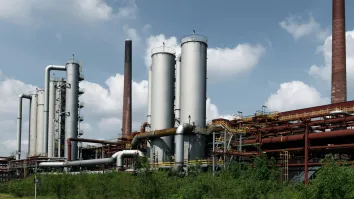
Will Malaysia reach its 2035 renewable energy target?
Data from GlobalData indicates it will fall slightly short of the 40% target.
Whilst renewable energy capacity in Malaysia is seen to grow to 36.4% by 2035, this is still around 4% behind its 2035 target, according to a report by GlobalData, which also noted the country’s untapped potential when it comes to clean energy.
GlobalData’s “Malaysia Power Market Size, Trends, Regulations, Competitive Landscape and Forecast, 2024-2035” report said that green energy currently accounts for 13.3% of the country’s total capacity.
Renewable capacity in Malaysia is seen to continue to grow from 6.1 gigawatts (GW) in 2023 to 25.3 GW in 2035. Based on the latest growth trend, the country is expected to achieve 18.2% renewable capacity by 2025 and 36.4% by 2035, GlobalData said.
The Ministry of Energy and Natural Resources of Malaysia in 2021 announced a target of 31% renewable capacity by 2025 and 40% by 2035. Later in the National Energy Policy (2022 – 2040), the government announced an 18.4 GW renewable capacity target by 2040.
“Malaysia holds the potential to develop a renewable energy system in order to achieve energy security whilst addressing climate change concerns,” GlobalData said, noting that the country's most utilised renewable energy sources are solar photovoltaic, biopower, and small hydro.
To boost capacity, GlobalData power analyst Sudeshna Sarmah said Malaysian authorities have implemented efforts, such as introducing a large-scale solar programme with a total quota of 1,250 megawatts (MW) allocated for the 2017-2020 period.
The government has also extended the Green Investment Tax Allowance and Green Income Tax Exemption until 2023. To encourage participation in the Net Energy Metering Scheme, the income tax exemption for solar leasing companies was also extended until December 2026.
“The government has Feed-in Tariffs (FiT) (for up to 1MW capacity) and Net Metering policies in place to encourage the adoption of renewables. Governmental efforts such as strong policies and encouraging foreign investments towards setting up large scale renewable projects could push the country towards achieving its renewable energy goals,” Sarmah said.



















 Advertise
Advertise







